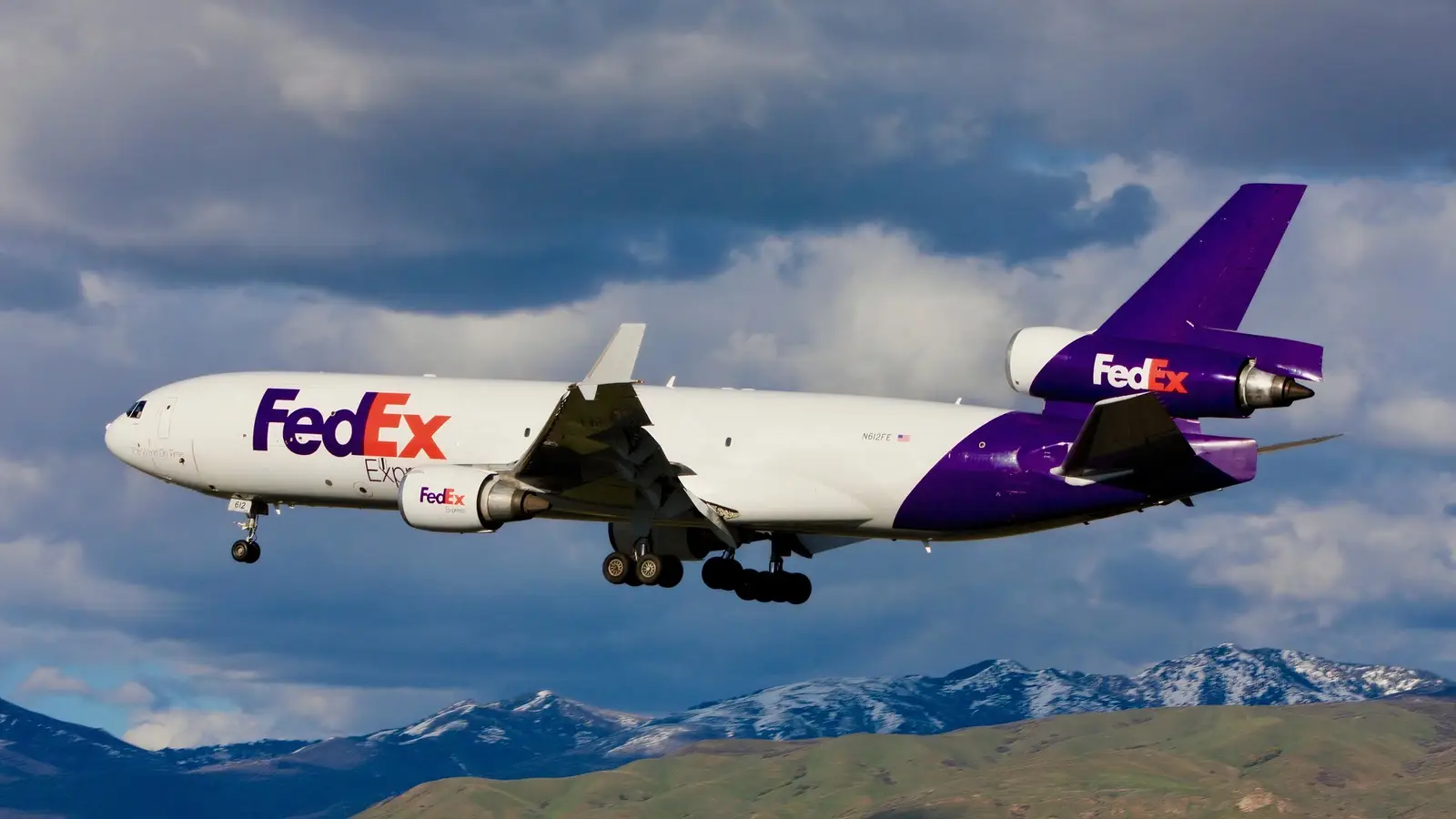
Federal Express (NYSE: FDX) shares rose 5% in Friday morning trading after the cargo airline and end-to-end logistics operator’s first-quarter fiscal results exceeded analyst expectations. The company reported adjusted earnings per share of $3.83, beating forecasts that had this figure at $3.59. The airline’s net income was an adjusted $910 million, again exceeding analyst expectations. Package volumes moved by the carrier grew around 6%, while FedEx’s freight division’s performance weakened on lower revenue figures and higher wages.
The company’s management guided for full-year 2026 revenue growth of around 4-6% alongside earnings per share (EPS) of $17.20-$19.00, with a midpoint sitting around $18.10, a figure that was roughly in line with consensus expectations. The cargo operator still faces headwinds from around $150 million in global trade complications and tariffs, both of which have led the company to forecast some cost increases. The airline’s management team has been quick to cite resilient network capabilities and an adaptable operational footprint.
A Deeper Look At Financial Performance Specifics
Federal Express delivered a clean beat of analyst expectations both in terms of revenue and earnings per share, both of which were primarily driven by stronger-than-expected domestic package shipping demand. The airline’s top-line figure came in at $22.24 billion, which beat consensus estimates of $21.66 billion, according to a breakdown from CNBC. Both volume-based trends and higher pricing power contributed to the cargo airline’s impressive performance.
There are some risks for the company that management and investors need to keep their eyes on. For starters, the airline has seen wages increase significantly, while segment commentary has also led to improved operating results for the airline’s package businesses. This sentiments appear clear to the airline’s leadership team. In a statement, CEO Raj Subramanian had the following words to share regarding the company’s performance:
“Despite significant volatility and uncertainty around the global trade environment, our results demonstrate the resilience we have built into our network.”
What Were The Key Drivers Behind The Airline’s Impressive Performance?
FedEx’s impressive outperformance was mostly volume and yield-led, with disciplined cost control also being a key factor. The cargo airline’s revenue beat consensus as package volumes rose around 6%, mostly reflecting higher aircraft utilization across its Ground and Air transportation fleets. The airline’s pricing initiatives, including modest surcharge actions, helped support yield growth and offset wage inflation which has put pressure on logistics industry margins.
On the operational front, the airline’s Ground and Express teams posted improved operational results through expansions to its network. FedEx freight did underperform mostly due to lower revenue generation and higher top-line labor costs. The package businesses’ leverage was more than absorbed by this drag.
Below the line, spin-related adjustments produced a clean upside for the carrier in terms of earnings per share, which is the primary catalyst that moves markets. The company’s management team absorbed $150 million in macro and trade-related headwinds while reflecting continued execution and service reliability initiatives, with a strong focus on diligent capital allocation.
What Do We Make Of All This?
We have long seen FedEx as one of the largest and most important players in the air cargo industry, and its success is mostly driven by two factors. These two factors are both primarily out of the company’s control in the short-term, with more control in the medium term.
For starters, FedEx’s cost structure is mostly fixed in the short term. We have analyzed the airlines’ pilot contracts quite extensively, and they are only modified very rarely. These kinds of contract negotiations are becoming increasingly difficult for the airlines to have some negotiating power, as the shortage of pilots globally tends to mean that unions have more leverage during contract negotiations.
On the demand side, global macroeconomic trends tend to drive increases in demand for package shipping. This, at the end of the day, is what drives FedEx’s revenue growth. If people are not buying things and are instead tightening their wallets, companies like FedEx will continue to see weaker demand for package and freight shipping.



